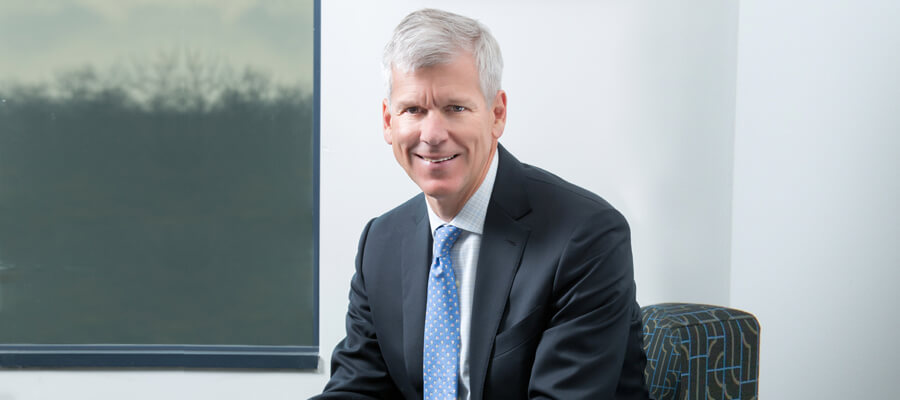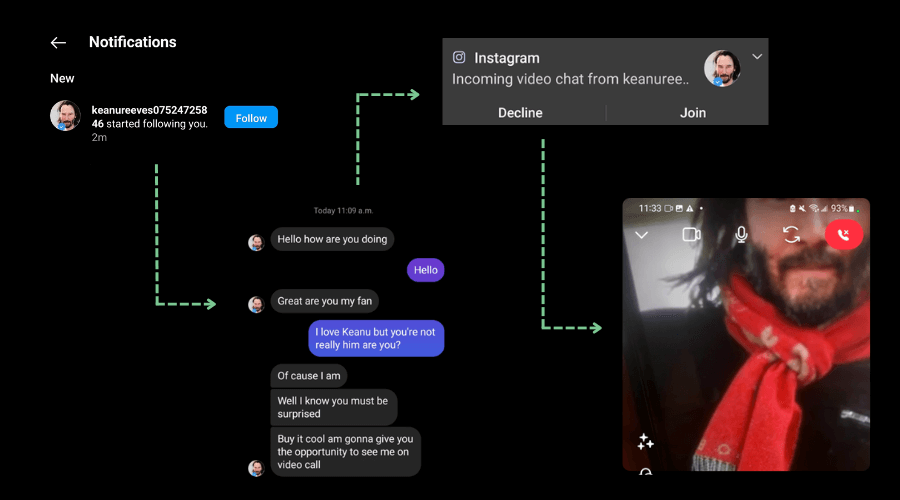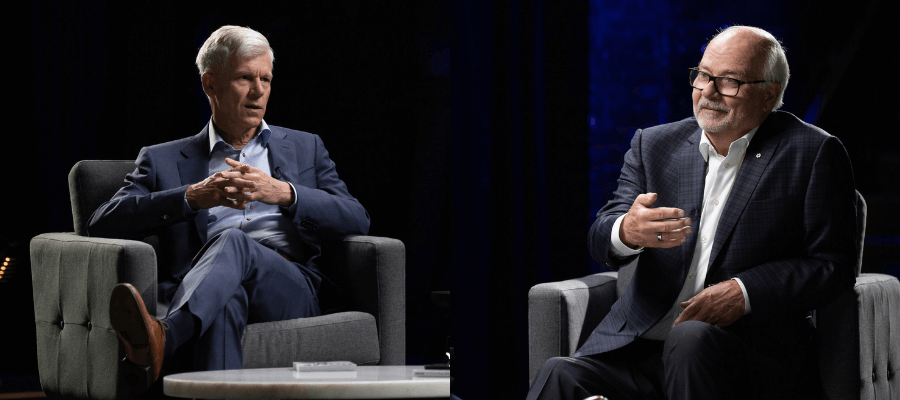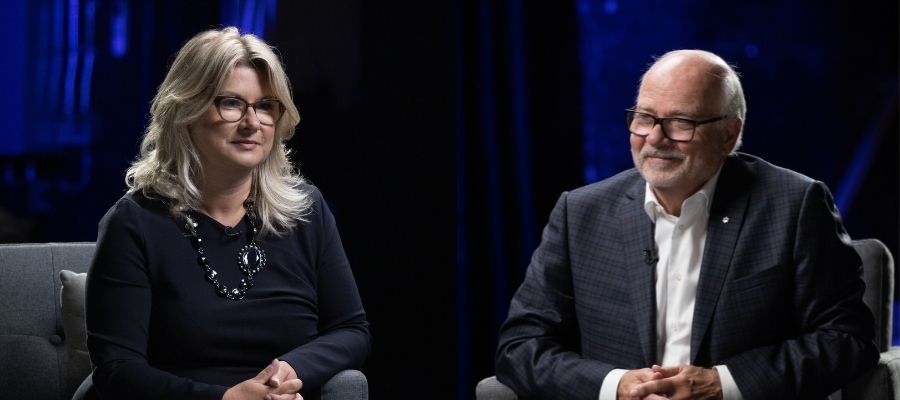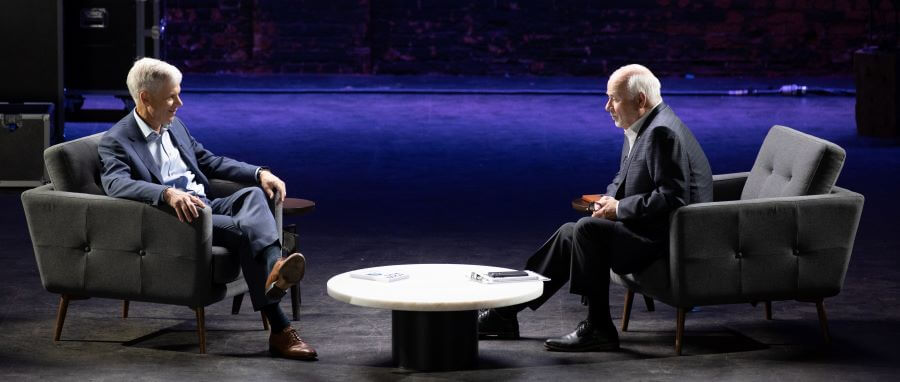In this interview, HomeEquity Bank’s President & CEO Steven Ranson discusses his new book, Home Run: the Reverse Mortgage Advantage, (co-written with Yvonne Ziomecki, Executive Vice President of Marketing and Sales). Ranson has been with the company since 1997, growing HomeEquity Bank’s portfolio from $100-million in 1997 to more than $4-billion today.
He is interviewed by author and educator Joyce Wayne who writes the blog Retirement Matters.ca.
Joyce: Why did you decide to write Home Run: the Reverse Mortgage Advantage?
Steven: There hasn’t been a book written on reverse mortgages in Canada for at least 20 years, although the product has changed dramatically and its uses have changed dramatically. The product is not well understood. I wished to clarify what a reverse mortgage is and what it can do for people.
Joyce: In the book you dispel the myths about reverse mortgages. What is the most enduring myth about your product?
Steven: That’s easy. Somehow people believe that in the end, we’ll own their house. That myth never goes away. If one thing this book accomplishes is to get rid of that myth, I’ll be delighted. We do not own the house and our book deconstructs that myth in detail. The last person on title to live in the house owns the house. The other myth is that people must take all the money in their reverse mortgage up front.
Joyce: Not true?
Steven: Absolutely, not true. In fact, we’ve created a new product that resembles an annuity that can be drawn over time. It’s called Income Advantage. The way the product works is this: You live in Toronto in a million dollar home and let’s say you qualify for a $300,000 reverse mortgage based on your age. You can say, “I’ll take that $300,000 up front, or I’ll only take $100,000 now and that’s it.” Or with our new Income Advantage reverse mortgage you can say, “I’ll take $2,000 per month for the next 150 months.” In this case, you’re basically using your house to create a regular monthly income. It’s flexible and it’s up to the customer how they wish to get their money.
Joyce: Who wants to go into a long-term care facility now? Most people had no idea what the dangers were.
Steven: Absolutely. We’re seeing more inquiries from people who want to figure out how to stay in their home because they don’t want to go into a nursing home or a retirement residence. We’re seeing people in their eighties and nineties in $3-million dollar homes, who qualify for a $1.5 million reverse mortgage, and they’ll take $10,000 a month to cover all their home care needs.
Joyce: How is the CHIP Reverse Mortgage different from other products on the market?
Steven: Three principle benefits. One is you get an amount of money from us and you’re never making payments. Second, there is no contractual maturity date, which means you’re staying in your home as long as you want to without worrying that you must repay it. Three, you never have to re-qualify. Your loan doesn’t come up for renewal in five years when another bank might say, “Sorry, your financial circumstances have changed and you no longer qualify for this loan. These are the three biggest differences between us and any other kind of conventional debt.

